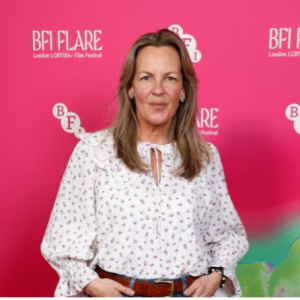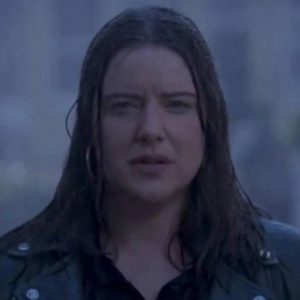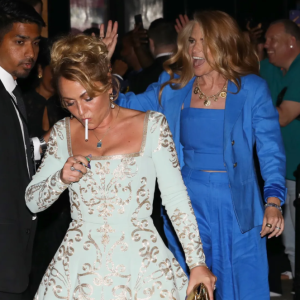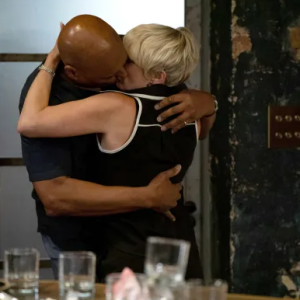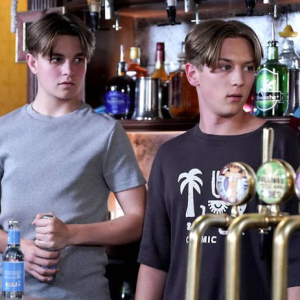In a dramatic shift mirroring the high-stakes storylines of the very genre he masters, EastEnders star James Bye has embarked on a profound real-life plot twist. Just weeks after his beloved character, Martin Fowler, met a conclusive end on the long-running BBC soap, the 41-year-old actor has revealed a radical lifestyle change: he has sold his “forever home” and moved his entire family into a caravan. This unexpected relocation, shared candidly by his wife Victoria Bye, marks the beginning of an ambitious journey for the couple, their four children, and their two blind dogs, as they set out to build their dream home from the ground up.
James Bye’s tenure as Martin Fowler began in 2014, taking over a role that had been integral to EastEnders since the character’s birth in 1985. Over the past decade, Bye cemented his place as a fan favourite, portraying Martin through a myriad of explosive storylines that defined the soap’s recent history. From his tumultuous on-again, off-again relationship with Stacey Slater (Lacey Turner) to his involvement in various criminal enterprises and his unwavering dedication to his family, Martin Fowler became a cornerstone of Walford life. His character often served as the moral compass or the beleaguered everyman caught in the crossfire of Albert Square’s dramas, earning him both sympathy and admiration from viewers.
The decision to kill off Martin Fowler was a monumental one for EastEnders, particularly as it coincided with the soap’s milestone 40th anniversary episode. Such exits in live anniversary specials are often designed for maximum impact, leaving an indelible mark on the show’s narrative and its audience. For an actor, being written out in such a public and definitive manner often signals a pivotal turning point, prompting a re-evaluation of career and personal priorities. While the specifics of Martin’s final moments and the emotional fallout for the remaining characters sent shockwaves through the fictional community of Walford, James Bye was already preparing for a significant upheaval in his own life.

The move from a conventional family home to a “tin box on wheels” in the middle of a field is, by any measure, a drastic one. Victoria Bye took to Instagram to share the news, admitting, “It’s official… because we’ve only gone and sold our ‘forever home’… And not only that. We’ve done it so that we can move into a field – and into a caravan… Yes, you read that right. A tin box on wheels with barely enough room to swing a cat let alone four kids + two blind dogs. St.” Her humorous yet honest admission encapsulated the daunting reality of their choice, prompting many to wonder about the “madness” behind such a decision.
However, as Victoria explained, there is indeed a profound “method to my madness”: the family’s long-held dream of building their own house. This ambition, which had previously seemed out of reach due to time constraints and a lack of belief in their ability to achieve it, suddenly became a tangible goal. “A dream we’ve long since had and just never had the time… or the belief that we could,” she wrote. “And yet somehow, when it feels like we’ve got more than ever on our plate, we thought. Sod it. It’s now or never. This is our year for change. And so we are.” This audacious leap of faith highlights a growing trend among individuals seeking greater autonomy and a deeper connection to their living spaces, even if it means embracing temporary discomfort.
The inspiration for this self-build adventure is deeply rooted in their personal histories. Both James and Victoria’s parents undertook similar projects in the 1980s, successfully building their own homes. Victoria humorously recalled, “And they survived! (just about!).” More poignantly, she revealed a family anecdote: “In fact, James’ sister was conceived in their caravan right on the foundations of the house they still call home to this day!” While Victoria was quick to quash any speculation of future “baby making shenanigans” in their current “little love pad,” the generational echo of resilience, self-sufficiency, and the pursuit of a deeply personal dwelling clearly resonated with the couple.
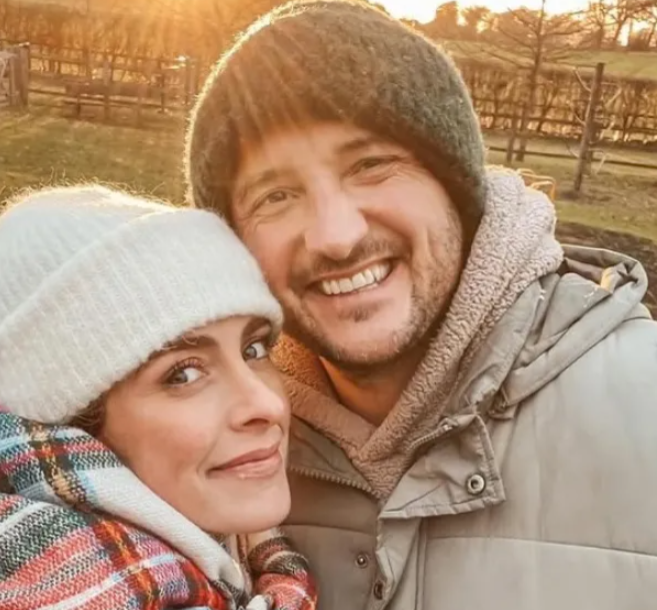
For the Bye family, the caravan phase is not merely a temporary inconvenience but an integral part of an exciting, albeit challenging, journey. Victoria described it as “An adventure. A messy, chaotic, mud filled ride – just us & our boys.” Their enthusiasm for this unique chapter is palpable, as they look forward to the challenges and triumphs that come with constructing a home tailored to their exact specifications. The prospect, which even includes the playful suggestion of acquiring an alpaca, underscores their embracing of the unconventional and their readiness for whatever the future holds, even if it means admitting, “We haven’t got a bloody clue what we’re doing.”
This dramatic lifestyle change comes at a time of career transition for James Bye. Despite being killed off from a major soap, he quickly landed a significant new role: the iconic Jane Austen hero Mr. Darcy in the theatrical world premiere of “Death Comes To Pemberley.” This swift transition from the gritty realism of EastEnders to the refined world of period drama showcases Bye’s versatility as an actor and ensures a seamless continuation of his performing career, even as his home life undergoes a seismic shift.
Interestingly, James Bye is not the first EastEnders actor to opt for a more unconventional living arrangement after departing the show. His former co-star Adam Woodyatt, renowned for playing the long-suffering Ian Beale, moved into a £93,000 motorhome in 2023 following his split from his wife. While Woodyatt’s reasons were tied to personal circumstances post-divorce, and Bye’s are rooted in a family dream of self-build, both instances highlight a fascinating trend: actors, often perceived to live in opulent residences, sometimes choose more nomadic or hands-on lifestyles, embracing simplicity or personal projects over conventional luxury.
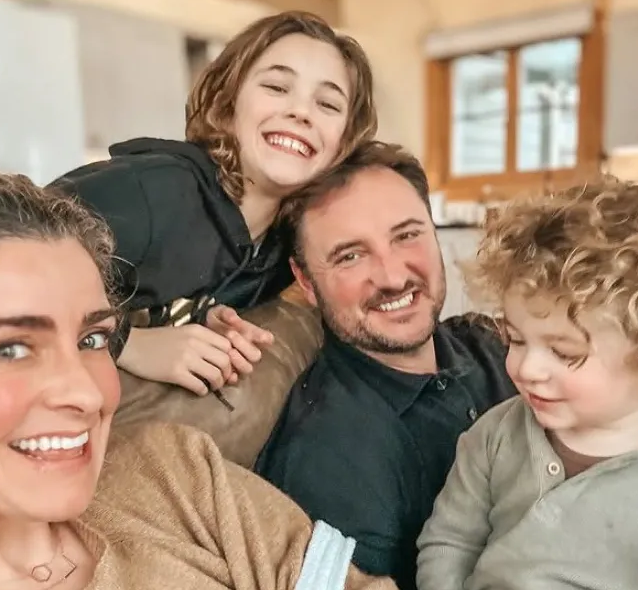
As the Bye family navigates the muddy fields and the confines of their caravan, their story serves as a compelling narrative of ambition, family unity, and the courage to chase a dream, regardless of its unconventional nature. It’s a testament to redefining what a “forever home” truly means – not just a physical structure, but a journey built together, brick by adventurous brick.
